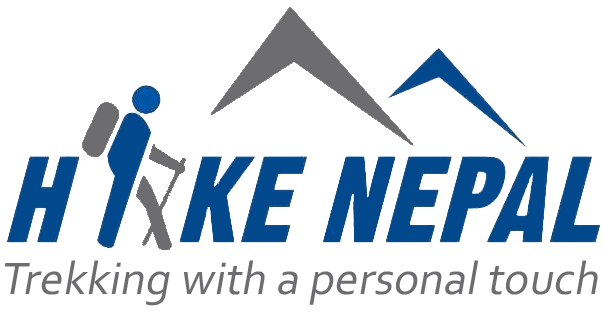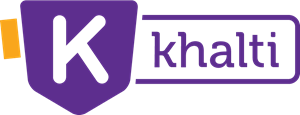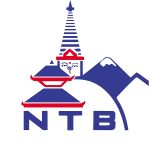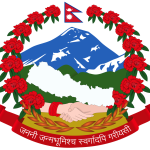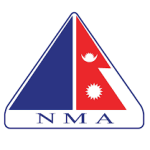Fitness
To trek to Everest Base Camp you do not need to be a super athlete nor a mountaineer but a few weeks of training, prior to arriving in Nepal, will enhance your experience. It will not be more enjoyable spending the trip of a lifetime struggling to walk the trails every day when a little sensible preparation before you arrive would make the trails so much more rewarding.
Food
There are varieties of choices of western and Asian food, dishes or a mixture of both in all the major destinations you visit. During a trek, you can expect 3 full meals a day as well as regular tea and coffee breaks on both tea-house style or camping treks where food is freshly prepared daily. During our tea-house trek, we offer a selection of tea-houses. Most teahouses cook a delicious range of mostly vegetarian fare. Of course, it depends on the season and destinations you choose. But most tea-houses offer pasta, tuna bakes, noodles, potatoes, eggs, dhal bhat, bread, soups, fresh vegetables and even some desserts like apple pies, pancakes, and some interesting attempts at custard.
Best time
Everest Base Camp trek can be done in Autumn (Sept-Nov) when you can expect better visibility, the air is fresh, and the weather is perfect and that the Nepalese most important festivals (Dashain and Tihar) are marked during this season The best season offering excellent weather and tantalizing mountain views. Or in Spring ( March – Mary) which is particularly lovely as the mountain slopes are covered with beautiful and colorful flowers and still have plenty of high snow to enhance your photos. The temperature is quite moderate and the mountain views are excellent.
Accommodation
There are varieties of choices of western and Asian food dishes or a mixture of both in all the major destinations you visit. During a trek, you can expect 3 full meals a day as well as regular tea and coffee breaks on both tea-house style or camping treks where food is freshly prepared daily. During our tea-house trek, we offer a selection of tea-houses. Most teahouses cook a delicious range of mostly vegetarian fare. Of course, it depends on the season and destinations you choose. But most tea-houses offer pasta, tuna bakes, noodles, potatoes, eggs, dhal bhat, bread, soups, fresh vegetables and even some desserts like apple pies, pancakes, and some interesting attempts at custard.
Medical Info
Care in what you eat and drink is the most important health rule. The number one rule is don’t consume the water including ice.
Medical Kit:
1. A simple but adequate medical kit can be most useful without taking much space in your baggage. The following is recommended as a tried and true list of items.
2. Aspirin or Panadol – for pain or fever.
3. Antihistamine – useful as a decongestant for colds, allergies, to ease the itch from insect bites and stings or to help prevent motion sickness.
4. Antibiotics – useful especially while trekking well off the beaten track but they must be prescribed.
5. Kaolin preparation ( Pepto – Bismol), Imodium or Lomotil – for stomach upsets.
6. Rehydration mixture – for treatment of severe diarrhea.
7. Antiseptic, mercurochrome and antibiotic powder or similar “dry” spray – for cuts and grazes.
8. Calamine lotion – to ease irritation from bites or stings.
9. Bandages and band – Aids – for minor injuries.
10. Scissors, tweezers and a thermometer
11. Insect repellent, sunblock, suntan lotion, chapsticks and water – purification tablets.
12. Throat lozenges (Strepsils).
13. Moleskin.
15. Sulamyd 10% eye drops.
16. Acetaminophen (Paracetamol)
17. Antacid tablets.
18. Diamox (altitude sickness – can be bought in Kathmandu)
19. Sterile Syringe set (anti-AIDS precaution)
Equipment list
1. Lightweight walking boots. If a new one is being bought, ” walk then in” to avoid blisters. Also bring spare laces.
2. A pair of track shoes. To wear in the camp at night or when the boot is wet.
3.Warm jacket. Fiberfill or down should be adequate. This is especially necessary during winter from December to February.
4. A rainproof jacket with hood or a poncho. Get the one that is guaranteed waterproof.
5. Woolen shirts and thick sweaters. During winter months, December through February these items are essential. Thick sweaters – can be purchased in Kathmandu.
6. A pair of lightweight/ heavyweight trousers. Jeans are unsuitable to wear on treks. Cheap loose cotton pants are available in Kathmandu.
7. Heavyweight trousers are useful higher up in the mountains in the morning and at night. Windproof/ waterproof trousers are necessary on all treks going above 10.00ft. Thermal underwear. These are excellent to sleep in at night in the winter months thermal underwear is quite invaluable.
8. A tracksuit is useful for wearing in camp and in a tent.
9. pair of loose-fitting long shorts/ skirts.
10. 1 lightweight long-sleeved – shirt is particularly suitable for avoiding sunburn.
11. A woolen hat to wear in the morning and at night. During winter it is an essential item. A sunhat and ensure it has a wide brim to cover the face and neck.
12. A pair of gloves. Leather with lining and woolen are best.
13. 1 pair of sandals to wear in the cities and in camp.
14. 2 pairs of thin and 2 pair of thick woolen socks.
15. “Underwear” normal quantity and swimming costume, hankies.
16. Duffle bag or kit bag to carry to gear while trekking – Daypack: This is a small rucksack to carry personal requirement for the day e.g. toilet items, camera, film towel, soap, a boot, etc.
17. Water bottle.
18. Snow glasses and sunglasses
19. 2-4 large plastic bags to separate clean clothes from dirty ones. 6-10 smaller plastic bags to dispose of garbage.
20. Wallet and /or money belt with compartment for coins.
21. Toiletries with large and small towels. Toilet paper can be by in Kathmandu and some villages in the mountains.
22. Small headlamp and/ or torch with spare batteries and bulbs candles and lighter to burn toilet paper.
23. Snow gaiters essential during wither and all treks going over at other times.
Cost (How much does it cost?)
Please contact us or fill the booking form to know about the cost of this trek.
